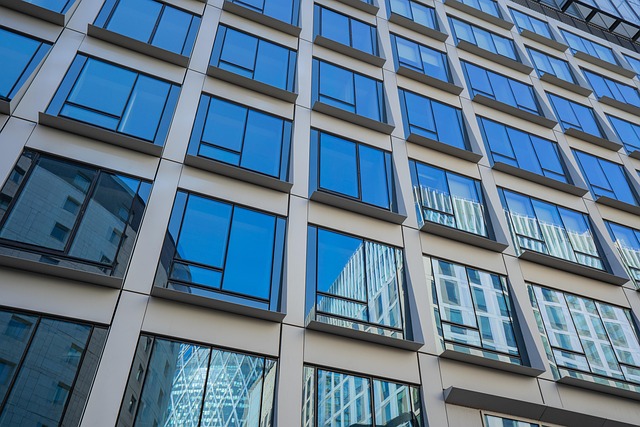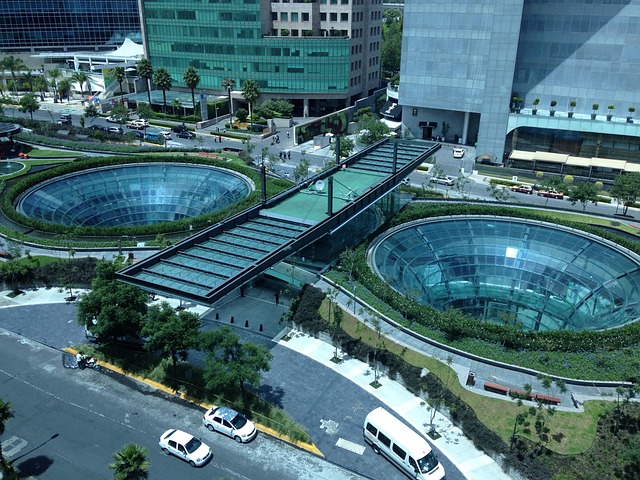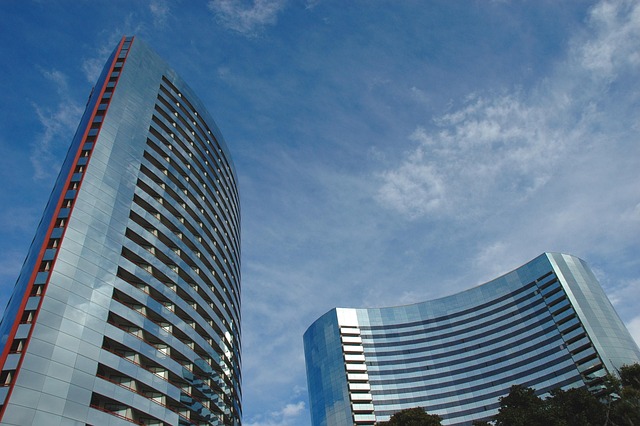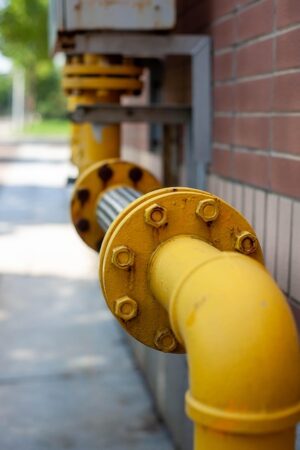Infrared industrial unit heaters provide targeted warmth through radiant heat transfer, ideal for warehouses, manufacturing, and construction sites. Gas-fired and electric models offer BTU ratings tailored to specific needs, with suspended heaters enhancing energy efficiency. Installation requires safety precautions, regular maintenance, and strategic placement. Future trends include smart controls, renewable energy integration, and higher BTU ratings for efficient commercial heating.
Infrared industrial unit heaters are revolutionizing focused heat delivery, offering a precise and efficient way to warm large spaces. This article delves into the world of these innovative heaters, exploring their unique ability to provide radiant warmth that penetrates materials quickly. We’ll uncover key features, benefits, and diverse applications across industries. Additionally, we’ll discuss installation, safety, and maintenance, while peering into future trends shaping the landscape of industrial unit heaters.
- Understanding Infrared Industrial Unit Heaters
- Key Features and Benefits of Radiant Warmth
- Applications in Various Industries
- Installation, Safety, and Maintenance Considerations
- Future Trends and Innovations in Focused Heat Delivery
Understanding Infrared Industrial Unit Heaters

Infrared industrial unit heaters are specialized heating solutions designed to deliver targeted and efficient warmth in various industrial settings. Unlike traditional forced air heating systems, these heaters emit radiant heat, allowing energy to transfer directly from the source to the object being heated. This makes them particularly effective for warehouse heating and manufacturing facilities where large spaces need to be maintained at consistent temperatures.
Industrial unit heaters come in various types, including gas fired heaters and electric unit heaters, each with its own advantages. Suspended heaters, for instance, offer versatile installation options while maintaining optimal performance. The BTU ratings of these units play a crucial role in determining their heating capacities, ensuring they meet the specific demands of heavy-duty construction sites and other industrial applications. Commercial heating has never been more efficient and tailored to demanding environments.
Key Features and Benefits of Radiant Warmth

Radiant warmth offers several key features and benefits that make it an ideal solution for industrial unit heaters. Unlike forced air heating, which can distribute heat unevenly and require significant energy, radiant heaters directly emit heat towards the targeted area, ensuring efficient and focused warmth. This is particularly advantageous in warehouse heating and manufacturing facilities where maintaining consistent temperatures is crucial for operations.
In terms of construction and performance, both gas fired heaters and electric unit heaters come with heavy-duty designs suitable for industrial applications. Suspended heaters, for example, can be strategically positioned to deliver optimal BTU ratings, catering to diverse commercial heating needs. This targeted approach not only enhances energy efficiency but also reduces the risk of excessive heat or cold spots commonly associated with traditional forced air systems.
Applications in Various Industries

Infrared industrial unit heaters are a versatile and efficient solution for various industries seeking focused radiant warmth. Their unique ability to direct heat energy where it’s needed most makes them ideal for applications ranging from warehouse heating and manufacturing facilities to heavy duty construction sites. These heaters can be gas fired or electric, with suspended models offering added flexibility in installation and coverage area.
With BTU ratings tailored to specific industrial applications, they provide precise control over temperature and heat distribution. This makes them a preferred choice for commercial heating needs where maintaining optimal working conditions is paramount. Whether it’s ensuring worker comfort in large manufacturing halls or facilitating efficient processes in outdoor construction zones, these unit heaters deliver consistent performance, making them indispensable tools in the modern industrial landscape.
Installation, Safety, and Maintenance Considerations

When installing industrial unit heaters, such as infrared radiant heaters, safety should be a top priority. These powerful heating solutions are designed for heavy-duty construction and commercial heating applications in various industrial settings like manufacturing facilities or warehouses. Proper installation is crucial to ensure optimal performance and prevent accidents. It involves careful placement of the heaters to provide focused warmth without creating hazardous conditions. For example, suspended heaters can be strategically positioned to heat specific areas, avoiding direct contact with flammable materials.
Regular maintenance is equally vital for gas-fired heaters and electric unit heaters. Maintaining them at recommended intervals ensures they function efficiently, safely, and reliably. This includes checking BTU ratings to guarantee the heater meets the required heating capacity for the space. For instance, forced air heating systems may require periodic cleaning and filter changes to maintain optimal airflow and temperature control. Safety measures should be in place during maintenance, especially when dealing with gas-powered units, to prevent leaks or explosions. Regular upkeep extends the lifespan of these heaters, ensuring they remain a dependable solution for warehouse heating and other industrial applications.
Future Trends and Innovations in Focused Heat Delivery

As technology advances, future trends in focused heat delivery for industrial unit heaters are expected to prioritize efficiency and sustainability. Innovations such as smart controls and advanced materials will enable precise temperature regulation, minimizing energy waste. Integrating renewable energy sources like solar or wind power with gas-fired heaters or electric unit heaters can significantly reduce carbon footprints, making them more attractive for eco-conscious businesses.
Additionally, the market is likely to see a rise in suspended heaters and forced air heating systems tailored for heavy duty construction and manufacturing facilities. These innovations will not only enhance heat distribution but also improve workplace safety by reducing cold spots and humidity levels. Higher BTU ratings will continue to be sought after in commercial heating applications, ensuring faster warm-up times and more efficient operation, particularly in vast warehouse heating scenarios.
Infrared industrial unit heaters offer a game-changing approach to focused heat delivery, providing numerous benefits across diverse sectors. With their ability to deliver precise, radiant warmth, these heaters are transforming how industries maintain optimal temperatures. As we look to the future, continuous innovations in design and technology promise even more efficient and sustainable solutions for industrial applications, ensuring that infrared heating remains a key player in the world of industrial unit heaters.














